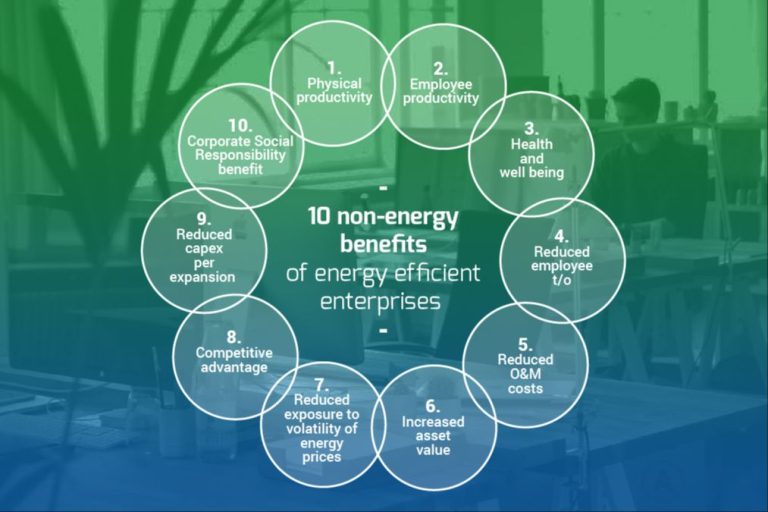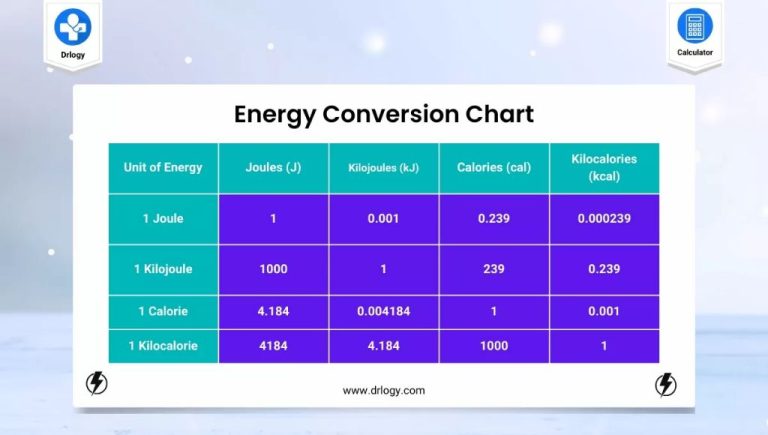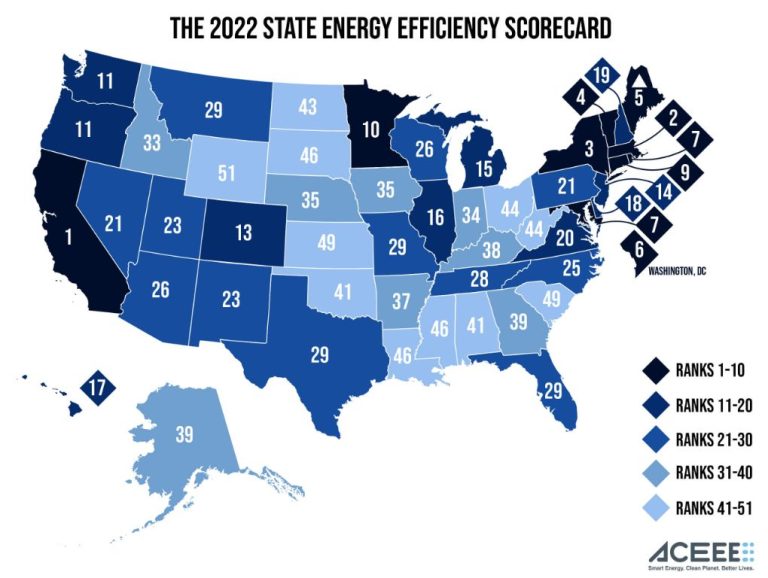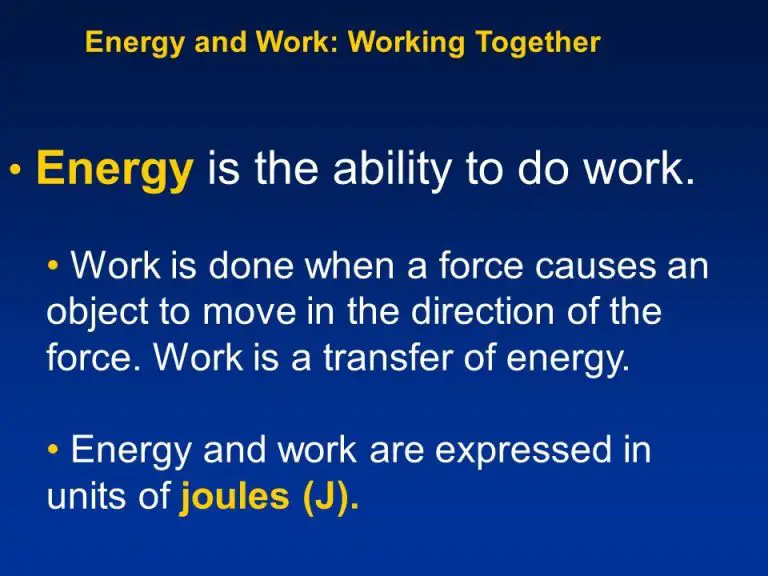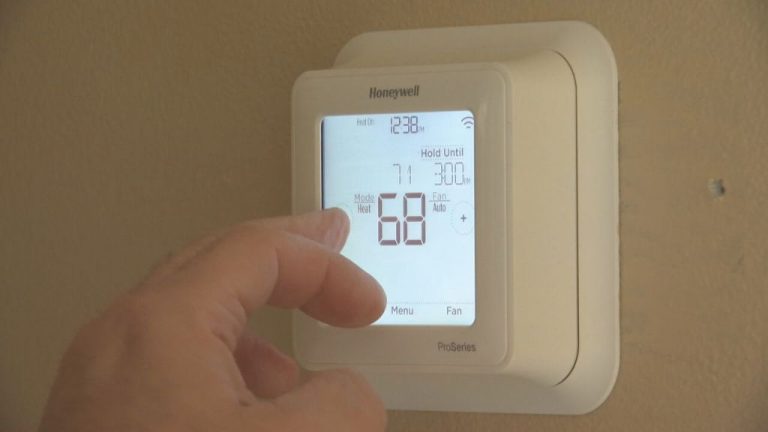Are Led Lights Energy Saving?
LED lights have gained popularity in recent years as an energy efficient alternative to traditional lighting like incandescent and fluorescent bulbs. Often touted as a way for homes and businesses to cut lighting costs and reduce energy consumption, the question remains whether LED lights really deliver on their promise of energy savings.
This article will provide a comprehensive overview of LED technology, and examine whether LEDs live up to their reputation as an energy saving lighting solution. We’ll compare LED performance and efficiency against other lighting types, look at the factors impacting potential energy savings, summarize the benefits and limitations of LEDs, discuss use cases where they make the most sense, and provide a conclusion on their viability as an eco-friendly lighting option.
How LED Lights Work
LED stands for light-emitting diode. LEDs are semiconductors that emit light when an electric current passes through them. The light is created through a process called electroluminescence. When voltage is applied to the semiconductor layers of the LED, electrons flow and release energy in the form of photons or light particles.
Unlike incandescent bulbs that create light from a wire filament heated to a high temperature, LEDs generate much less heat. This allows them to convert more of the energy to visible light rather than invisible infrared radiation or heat.
Early LEDs could only emit low-power red light, but technological advances have enabled high-brightness LEDs across the visible light spectrum. Blue and white LEDs were a major breakthrough that paved the way for LED lighting applications.
LEDs are directional light sources, which means they focus light in a specific direction unlike incandescent bulbs which emit light and heat in all directions. The directional nature of LEDs allows for more efficient application of light.
LED vs Incandescent Bulbs
When it comes to home lighting, LED bulbs have some distinct advantages over traditional incandescent bulbs. Here’s a look at some of the key differences:
Wattage: LED bulbs require far less wattage than incandescent bulbs. A standard 60W incandescent might require 60 watts, whereas an equivalent LED would only use about 8-12 watts. This difference in wattage makes LED bulbs more energy efficient.
Lifespan: The average lifespan of an incandescent bulb is only about 1,000 hours. LED bulbs can last anywhere from 25,000 to 50,000 hours or more. This makes LEDs extremely long lasting.
Light Color: Incandescent bulbs have a warm, yellowish light, whereas LEDs produce a brighter, whiter light. The light color of LEDs can vary from soft white to daylight depending on the specific bulb. Many people prefer the cleaner, crisper light emitted by LEDs.
LED vs CFL Bulbs
LED and CFL bulbs are both more energy efficient than traditional incandescent bulbs. However, there are some key differences between the two technologies:
Efficiency: LED bulbs convert electricity into light more efficiently than CFLs. A typical LED uses only about 30-80% of the energy of a comparable CFL. This difference in efficiency can lead to significant energy savings over time.
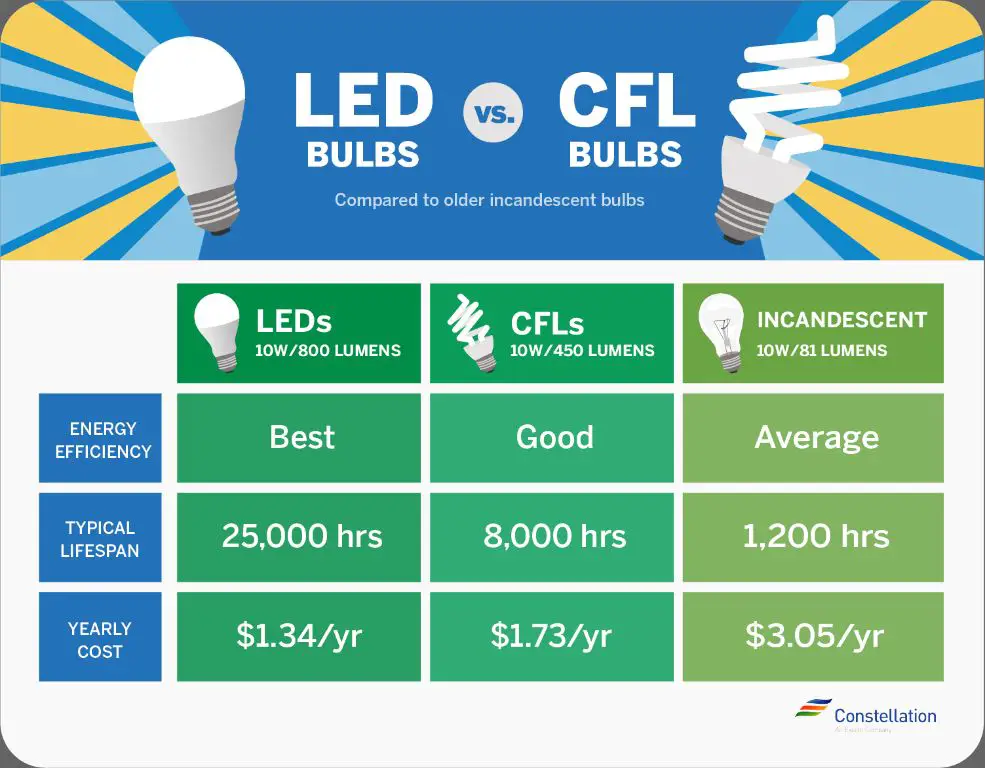
Light Quality: LEDs produce a warm, natural white light similar to incandescent bulbs, while many CFLs produce a harsher, cooler light. LEDs also reach full brightness immediately when turned on, while CFLs take some time to warm up.
Lifespan: LED bulbs have an extremely long lifespan of up to 50,000 hours, while CFLs last around 10,000 hours. This means LEDs generally last 5-10 times longer than CFLs. Less bulb replacements means cost and energy savings.
Overall, LED light bulbs edge out CFL bulbs when it comes to efficiency and light quality. Their longer lifespan also makes them the more sustainable choice in the long run. LED prices have dropped significantly in recent years, making them a smart investment for energy savings at home.
LED Efficiency and Energy Savings
One of the biggest benefits of LED lighting is the energy efficiency. LED bulbs produce more lumens per watt compared to incandescent or CFL bulbs. Where incandescent bulbs produce 10-17 lumens per watt and CFLs produce around 60 lumens per watt, LEDs have an efficiency of up to 100 lumens per watt or more.
This greater efficiency means LED bulbs can produce the same amount of brightness while using far less electricity. For a given light output, LED lights typically use 40-80% less power than incandescent bulbs and about 15-30% less than CFLs. This translates into significant energy savings and cost savings on electricity bills over the lifespan of an LED bulb.
Exact energy savings will vary based on the specific types of bulbs being replaced and factors like bulb wattage and usage habits. But on average, replacing an incandescent with an LED can reduce energy usage by 75-80% for that lighting fixture. And replacing a CFL with an LED yields savings of around 20-30%. LEDs offer the biggest savings opportunity when upgrading from inefficient lighting technologies like incandescents.
Factors Affecting LED Savings
The amount of energy and cost savings from switching to LED lights depends on several factors:
Light Usage
How often the lights are turned on and total hours of use has a big impact. LEDs used frequently will accumulate more savings than those used occasionally or seasonally. Outdoor lights left on all night realize substantial savings by switching to LED.
Electricity Rates
Areas with high electricity prices amplify the savings potential of LED lighting. Businesses and households in regions that pay over $0.12/kWh benefit the most.
Bulb Cost
Although prices keep falling, LED bulbs remain more expensive upfront than incandescent or CFL options. The initial investment must be recouped over months and years of energy savings. So higher LED bulb costs mean a longer payback.
LED Benefits
LED lights offer many benefits that make them an attractive lighting option over traditional incandescent and CFL bulbs.
Long Lifespan
The biggest advantage of LED lights is their extremely long lifespan. Quality LED bulbs can last anywhere from 25,000 to 100,000 hours. This is drastically longer than incandescent bulbs, which last only about 1,000 hours, and CFLs, which last around 10,000 hours. The long lifespan of LEDs translates to lower maintenance costs and fewer bulb replacements over time.
Durability
LED lights are very durable and built to withstand shock, vibrations, and external impacts much better than other types of lighting. Unlike fragile incandescent and CFL bulbs, which can shatter easily, LEDs are very resistant to damage thanks to their solid-state construction. This makes them great for outdoor lighting or applications where the bulb may get bumped or moved frequently.
Light Direction
Another advantage of LEDs is their directional nature and ability to focus light in a specific direction. The light from LED bulbs is directional and concentrated, rather than scattering in all directions like incandescent and CFL bulbs. This makes LED lighting more energy efficient overall, because the light is concentrated where it’s needed. LEDs work great for spotlights, floodlights, and track lighting.
LED Limitations
While LED lights offer many benefits, they also come with some limitations to be aware of. Two of the main drawbacks are higher upfront costs and light quality concerns.
LED bulbs are more expensive than traditional incandescent bulbs. This higher initial price point can deter some consumers, even though LEDs save money over time through energy efficiency and long lifespan. The price of LED bulbs has dropped significantly in recent years, but they still cost more upfront.
Some people complain that LED lights have a “cold” or “harsh” light quality compared to warmer incandescent lighting. This is partly due to the blue light emitted by LEDs. Newer LED bulbs are engineered to have better color quality and dimmability, but many people still prefer the light given off by older bulb technologies.
While the initial investment is higher and light quality continues to improve, LED technology limitations should decrease over time. And the energy efficiency benefits typically outweigh any drawbacks for most lighting applications.
LED Use Cases
LED lights excel in many common lighting applications thanks to their energy efficiency, long life, durability, and controllability. Here are some of the best uses of LED lighting:
-
General interior lighting – LEDs work well for ambient lighting in homes, offices, schools, hospitals, restaurants, retail stores, and more. They provide high quality illumination while using a fraction of the energy of traditional lighting.
-
Task lighting – The ability to direct LED light in focused beams makes them ideal for task lighting applications like desk lamps, under-cabinet lighting, artwork lighting, and more. LED task lights provide excellent visibility without consuming much energy.
-
Outdoor lighting – LEDs are extremely durable to withstand outdoor elements. Their energy savings really add up for large outdoor lighting installations like street lights, parking garage lighting, and exterior building illumination.
-
Accent and decorative lighting – LEDs can be designed in a wide array of shapes, sizes, and colors to create unique lighting effects. They work great for accent lighting in homes, restaurants, retail displays, and more.
While LEDs work well in most lighting applications, they may not be the best choice when very high brightness or certain color qualities are needed, such as:
-
Photography/film studio lighting – LEDs do not yet match the high color rendering ability of incandescent/tungsten studio lights.
-
Stage/theater lighting – LEDs cannot yet achieve the intense brightness needed for large theater spotlights.
-
Grow lights – The specific spectrum and intensity needs of horticulture lighting are still best met by High-Intensity Discharge (HID) grow lights.
Yet LED technology continues to rapidly improve in brightness, color quality, and spectral tuning. LEDs are on track to take over nearly all lighting applications where high efficiency is important.
Conclusion
In summary, LED lights are more energy efficient and have the potential for significant energy savings compared to incandescent or CFL bulbs. By replacing all the lights in your home with LEDs, you could reduce your lighting electricity usage by up to 80-90%. However, the actual savings depend on several factors like the original wattage of bulbs being replaced, how often the lights are turned on, electricity rates in your area, and LED product quality.
Based on the energy efficiency, long life, and lower environmental impact, it is recommended to switch to LED lighting where possible. Newer generation LED bulbs now provide bright, natural looking light at reasonable costs. LED lights work very well for most indoor and outdoor lighting applications. However, poor quality LED products with exaggerated claims do exist, so care should be taken to buy reputable brands that are Energy Star certified. With the right LED bulbs and fixtures, most homes and businesses can achieve substantial energy and cost savings from transitioning to LED lighting.


